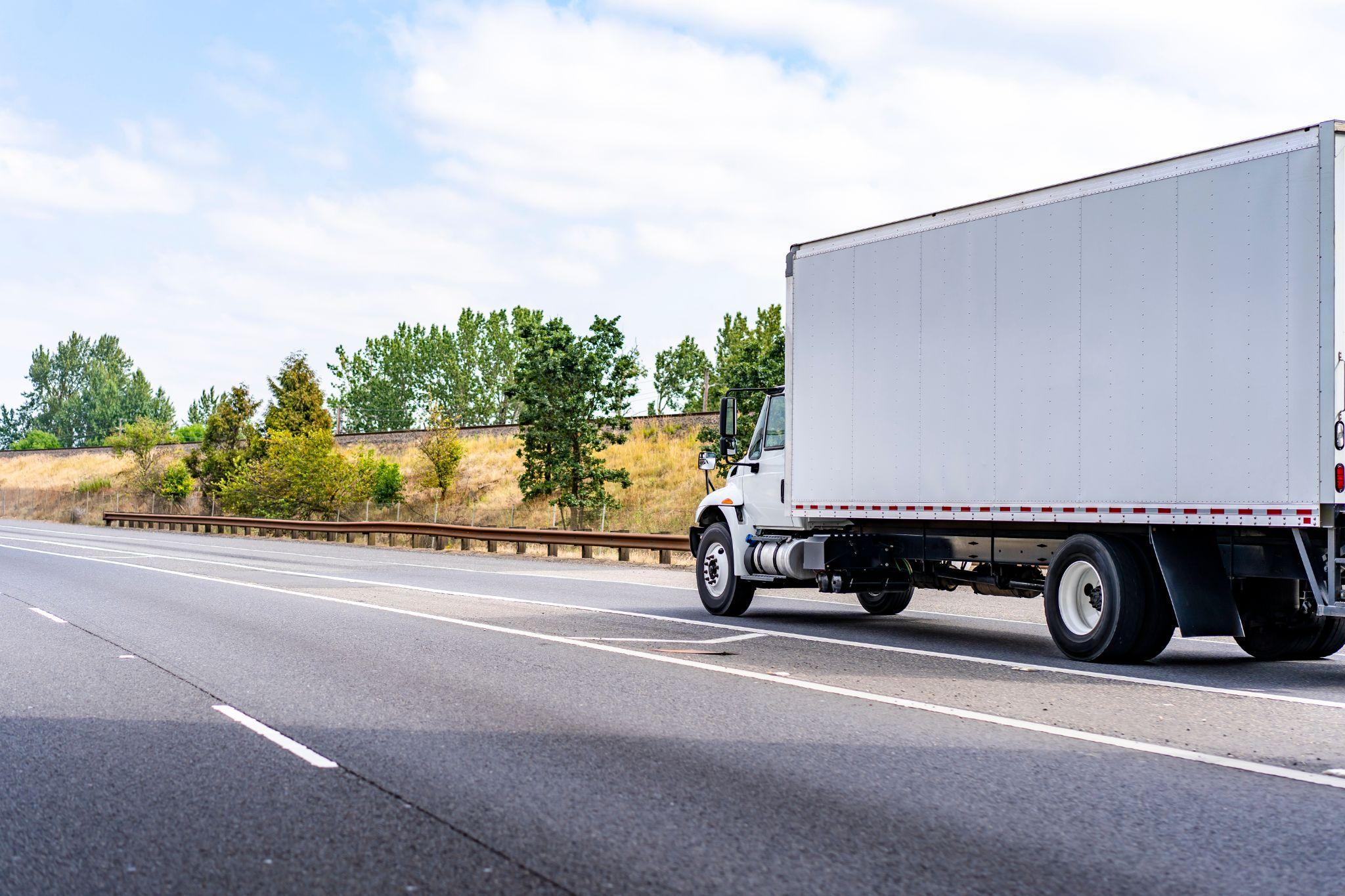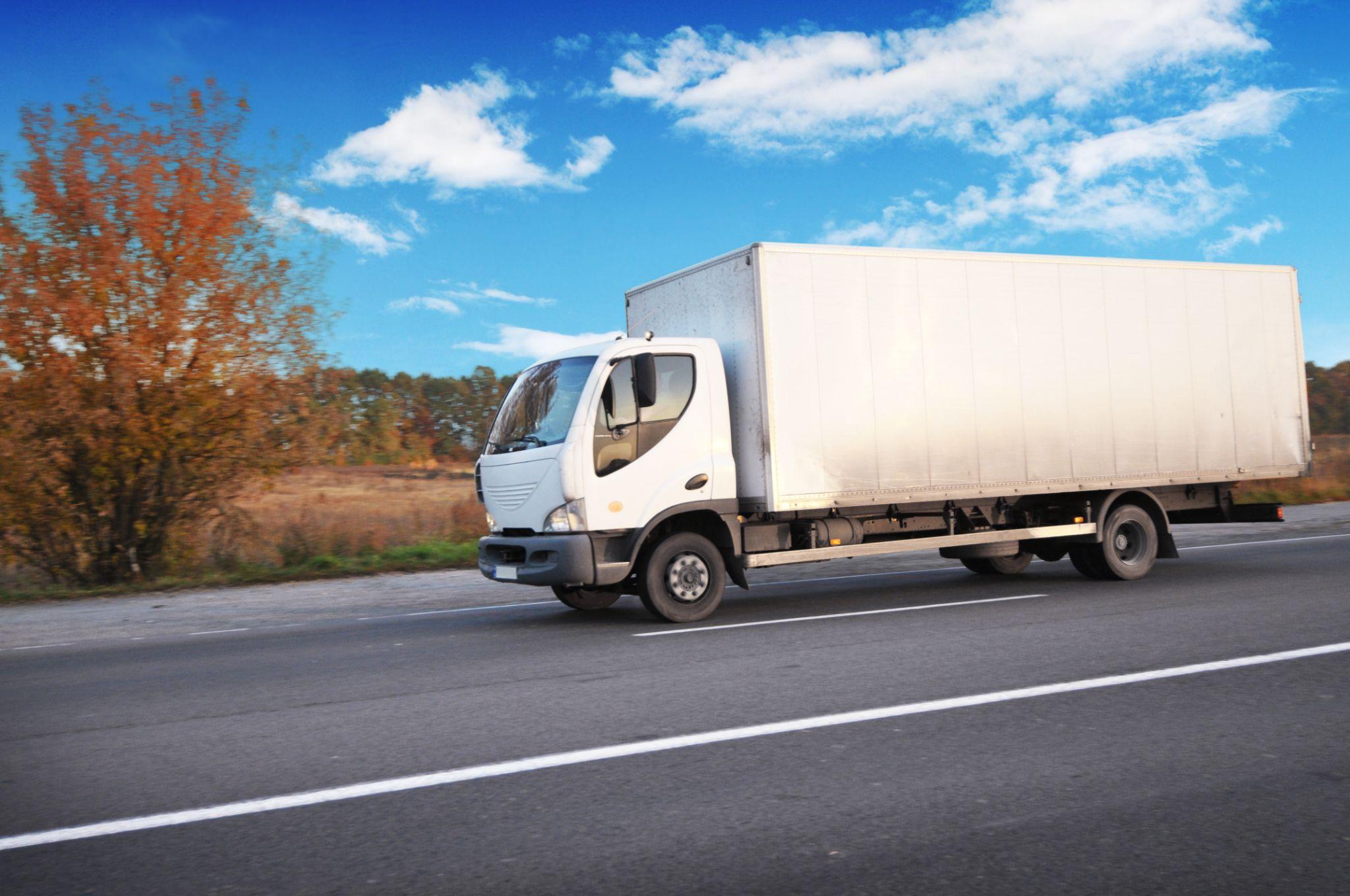Traffic congestion and inefficient routing contribute to a 30% increase in fuel consumption for commercial delivery fleets. This outcome is likely driven by outdated delivery planning strategies.
Poor delivery planning can cause delays in deliveries and leave you with dissatisfied customers. And of course, these downsides will negatively impact your bottom line.
Delivery planning software offers the solution to these issues and is now overtaking manual planning and outdated systems. This software can help businesses address real-time traffic conditions, vehicle capacity needs, and delivery time windows.
In this article, we’ll look at how delivery planning software works as well as its key benefits. In the end, we’ll provide helpful insights into how to choose the right solution for your business.
Key Takeaways
- Delivery planning software optimizes logistics operations by automating route optimization and scheduling. With the right fleet management, you can reduce costs and improve efficiency.
- Real-time tracking and AI-powered analytics help businesses minimize delays. They’ll also improve fuel efficiency and customer satisfaction.
- Choosing the right software means considering several factors. Among them are scalability, integration capabilities, and ease of use. These factors ensure seamless implementation and long-term growth for your delivery operations.
What Is Delivery Planning Software?
Delivery planning software is a technology-driven solution. It’s designed to optimize the process of scheduling, routing, and managing deliveries. Business owners find it helps streamline logistics operations by automating:
Route planning
Fleet management
Real-time tracking
Order dispatching
As you’re likely already aware, manual planning is time-consuming and subject to human errors. In contrast, delivery planning software leverages AI and real-time data to generate the best possible delivery routes. It also looks at circumstances like traffic conditions and fuel efficiency.
This software is widely used across industries like e-commerce and healthcare. It’s designed to address the fact that timely and cost-effective deliveries make a huge difference for businesses. It can mean the difference between success and failure.
It integrates well with GPS systems, customer management tools, and fleet tracking technologies, so the software is ideally suited to improve the entire operational experience. It also helps to improve customer satisfaction thanks to accurate ETAs and engaging and ongoing communication with customers.
Key Features of an Effective Delivery Planning Software
Delivery planning software offers several advanced features to help businesses:
- Optimize logistics
- Reduce costs
- Improve efficiency.
Here are the essential features to look for:
Route Optimization
One of the core functions of delivery planning software is route optimization. This feature ensures drivers take the most efficient paths to complete deliveries. The software minimizes fuel consumption and delivery times by using real-time traffic data and looking at weather conditions. It will also consider road conditions. Businesses can then cut operational costs and improve both on-time delivery rates and customer satisfaction.Real-Time Tracking
With GPS-powered real-time tracking, businesses can monitor their fleet’s movement and provide accurate ETAs to customers. Customers love this kind of transparency. They’ll also benefit from real-time updates and reduced missed deliveries. Furthermore, dispatchers can make quick adjustments in case of unexpected delays. Just think of sudden changes like traffic congestion or last-minute order changes. It’s beyond helpful to be able to stay on top of shifts as they occur.-
Automated Scheduling
Automated scheduling eliminates the manual effort of assigning deliveries to drivers. Delivery planning software intelligently allocates deliveries based on factors such as:- Driver availability
- Vehicle capacity
- Delivery priority
Fleet Management
When it comes to reducing costs and maintaining vehicle performance, businesses need proper fleet management. With this software, you can gain insight into fuel usage, maintenance schedules, and driver behavior. With this information, you can prolong vehicle lifespan and optimize fuel efficiency. You can also track compliance with safety regulations, which will help you ensure your vehicles are operating at peak performance.-
Proof of Delivery
Proof of delivery (POD) features are a customer favorite because they provide real accountability. Digital POD options include:- Electronic signatures
- Photo verification
- Barcode scanning
- GPS-stamped timestamps
AI & Predictive Analytics
Advanced delivery planning software integrates AI and predictive analytics to improve efficiency. AI-driven insights can anticipate delivery delays and optimize driver assignments. They can also suggest alternative routes based on historical data. Predictive analytics help your business make informed decisions when it comes to forecasting demand or expanding your fleet. These factors can then help you budget and plan for a brighter, more profitable future.Integration Capabilities
A robust delivery planning software should effortlessly integrate with your existing systems. Whether it’s your ERP, CRM, warehouse management, or e-commerce platforms, you want to be able to work from a single platform. These integrations allow businesses to synchronize order data and automate dispatching. They can also streamline customer communication. In the end, you’ll have a smoother, more connected logistics workflow.
Benefits of Using Delivery Planning Software
Implementing delivery planning software provides businesses with a competitive edge. You’ll be able to: improve your efficiency, reduce your costs, and enhance your overall delivery experience. Below are some key benefits:
Cost Reduction
One of the biggest advantages of delivery planning software is its ability to minimize operational costs. When you optimize routes, you can cut fuel expenses and lower vehicle maintenance costs. You’re also likely to see your drivers’ labor hours drop. Additionally, automation reduces the need for manual planning, which will save you a ton of time and labor costs. Route optimization alone can cut fuel costs by up to 20%. That’s a significant impact on your bottom line.Improved Customer Satisfaction
Customers expect fast, reliable, transparent deliveries. The right delivery planning software meets these expectations. Your customers can count on accurate ETAs, real-time tracking, and automated delivery notifications. With fewer missed or delayed deliveries, businesses will naturally see an improvement in service reliability. The obvious outcome, then, is higher customer retention and positive brand reputation.-
Better Resource Utilization
When you optimize the use of available vehicles, drivers, and delivery routes, you guarantee your resources are being used efficiently. Delivery planning software automates the assignment of deliveries based on:- Capacity
- Location
- Urgency
Scalability
As businesses grow, their logistics operations become more complex. Delivery planning software can help you scale by accommodating your higher order volumes and expanding delivery zones. With the right software, you can manage multiple fleets without needing much manual intervention. Whether you’re operating a small local fleet or a nationwide distribution network, the software will adapt and help you sustain long-term growth.Compliance and Safety
Regulatory compliance and driver safety are a crucial part of the delivery industry. Delivery planning software helps you adhere to transportation laws. It can also monitor your drivers’ hours and keep track of your vehicle maintenance schedules. You can even get features like real-time tracking and speed monitoring. These will ensure your company is following safer driving practices and reducing the risk of accidents.
Challenges in Delivery Planning and How Software Solves Them
Of course, efficient delivery planning is essential for businesses. At the same time, manual processes and unpredictable factors can make this planning challenging. Delivery planning software helps address these pain points by leveraging automation, AI, and real-time data. Below are some common challenges along with their solutions:
-
Manual Planning Inefficiencies
Traditional delivery planning methods — spreadsheets and manual scheduling — are time-consuming and leave you open to human errors. Poor planning can lead to:- Suboptimal routes
- Misassigned deliveries
- Excessive delays
Delivery planning software automates route optimization, order assignments, and scheduling. This entirely eliminates human errors and cuts down on manual logistics planning. AI-driven tools can quickly adjust schedules based on real-time changes in demand or delivery constraints. The result will be smoother operations. -
Traffic and Route Issues
Unforeseen traffic congestion, road closures, and weather conditions can cause major delivery disruptions. These factors lead to delays and fuel consumption.
The Solution:
Advanced AI-powered route optimization considers:- Live traffic data
- Road conditions
- Alternative paths
Delivery Delays & Unpredictability
Unexpected issues like failed delivery attempts and vehicle breakdowns can lead to missed delivery windows and frustrated customers.
The Solution:
Real-time tracking and dynamic route adjustments help your business take a proactive approach to unexpected disruptions. Automated customer notifications keep recipients informed about ETA updates, rescheduled deliveries, or any delays. The happy result is less frustration and uncertainty for you and your customers.-
High Operational Costs
Fuel expenses, labor costs, and general inefficiencies can make deliveries financially unsustainable. Plus, poor planning can lead to unnecessary mileage, overtime wages, and excessive vehicle wear and tear.
The Solution:
Delivery planning software helps lower operational expenses. It does this through:- Fuel-efficient routes
- Reducing empty miles
- Automating driver assignments
-
Customer Communication Gaps
Lack of real-time updates, missed deliveries, and poor customer communication can lead to frustrated customers. Your customer may even lose trust in your brand entirely. It’s normal, of course. Many businesses struggle with providing ETAs or updates on delivery status. But it doesn’t have to be this way.
The Solution:
Delivery planning software offers automated notifications, real-time tracking links, and proof-of-delivery features. Customers can get instant updates. This increases trust through transparency and a better overall delivery experience.
How to Choose the Right Delivery Planning Software
So, now you know what you need and why, but how do you choose the right software? Choosing the right delivery planning software is essential to your optimized logistics operations. You want maximum efficiency. With numerous options available, consider these key factors to ensure the software aligns with your needs:
-
Business Size and Needs
Different businesses have different delivery requirements. A small local courier service might need basic route optimization. A larger enterprise logistics company might require much more, like multi-fleet management, AI-driven analytics, and real-time tracking.
What to Look For:
Choose software that matches your business scale, industry-specific needs, and order volume. This will help ensure it can handle both your current and your future logistics demands. -
Ease of Use and Implementation
A complex system with a steep learning curve can slow down operations when it should be improving them. Software that’s difficult to navigate can lead to resistance from your employees, who don’t want to adopt this new complicated system.
What to Look For:
Opt for user-friendly software with an intuitive dashboard, simple setup, and minimal training requirements. A quick and hassle-free implementation process will help encourage your employees to work with the new system. This means they’ll be more efficient. -
Integration with Existing Systems
Seamless integration with current business tools is essential for a smooth workflow. Imagine the software doesn’t connect with ERP, CRM, e-commerce platforms, or warehouse management systems. You could find yourself shaking your head at the multiple platforms, tools, and apps you have to work with.
What to Look For:
Make sure the software you choose supports API integrations with your existing tools. This will make it so that order management, tracking, and scheduling work cohesively across all of your platforms. -
Scalability and Customization
As your business grows, your delivery operations will of course become more complex. Your chosen software should be scalable to accommodate your higher order volumes and expanded fleets. It should even be able to work with widening delivery zones.
What to Look For:
Choose software that offers customization options for different fleet sizes and operational needs. It should be able to adapt with your business as it expands. -
Customer Support and Training Options
A software solution is only as good as the support behind it. A lack of reliable customer service can lead to downtime, operational disruptions, and frustration. These can get really bad if issues start to build up.
What to Look For:
Select a provider that offers 24/7 support, detailed training resources, and onboarding assistance. This approach promises a smooth implementation. -
Pricing and ROI Considerations
The cost of delivery planning software varies based on features, business size, and licensing models. High costs don’t always provide the equivalent value for what you need.
What to Look For:
Evaluate the cost vs. benefits. Do this by assessing the software’s potential impact on fuel savings, delivery speed, labor efficiency, and customer satisfaction. When you get a great ROI, your chosen software will pay for itself.
Sign Up for a Free Trial with Cigo Tracker Today
With Cigo Tracker, you get the power of efficient delivery management with our cutting-edge delivery planning software. Cigo Tracker optimizes routes, improves tracking, and enhances customer satisfaction.
With real-time tracking, AI-driven route optimization, and seamless integrations, Cigo Tracker helps your business cut costs and streamline your operations.
Sign up for a free trial today and get hands-on access to all of our features. You’ll see firsthand how Cigo can transform your logistics.
Don’t let inefficiencies slow down your deliveries—start your free trial with Cigo Tracker today and take your delivery planning to the next level.




